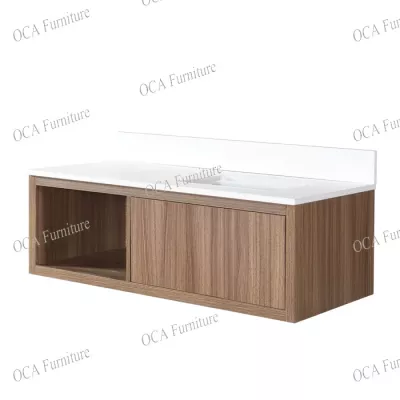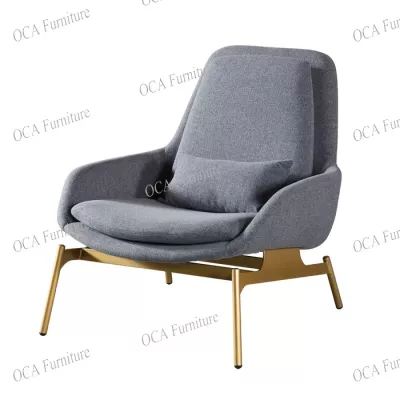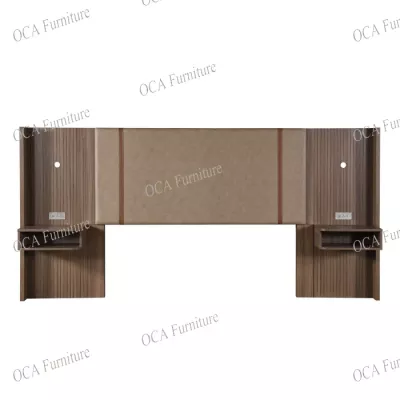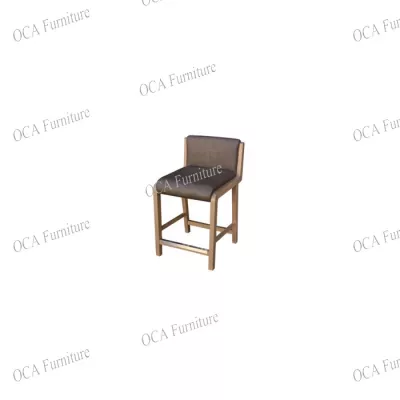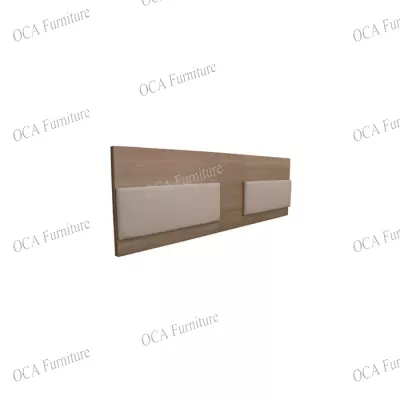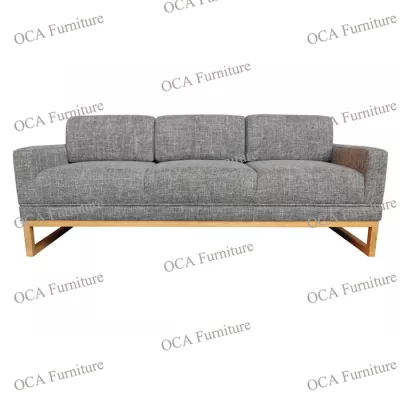1. MDF Definition
Medium density fiberboard (MDF) is one type of engineered woods with remarkable characteristics in producing hospitality furniture. In the USA, American people firstly created MDF as wood fiber combination by mixing the wood fiber under high heat and pressure into panel forms. Moreover, development of MDF results in a material with stability in structural performance to replace for solid wood in hospitality furnishing. Besides that, medium density fiberboard absorbs less harmful effect in changeable temperature and humid condition, while solid wood is also generally environmental responses as natural tree blocks. Therefore, the invention has accelerated wooden production since it occurred in 1970s in USA.
Moreover, that is also meaningful to the nature and human as luxury definition for the future. In hospitality furniture, when people continuously faced to crisis from deforestation due to lack of wood resources for serving human activities. Because the forests take so long time to grow enough for adapting dimensional requirements in woodwork. However, the fiberboard composition allows any timber sizes into the production as custom panels.
2. Manufacturing Process
Firstly, raw materials are prepared and collected under rejection cycle, which mainly to remove impurities by using magnets. In fact, the superior quality of MDF is totally based on capabilities of the furniture manufacturer. The materials are form into two groups as big chunks and tiny flakes. The unqualified materials are rejected during the preparation, while the qualified materials are softened by going through pre-steaming bin. Then heavy machines compress these to become usable wood fiber without humidity.
Secondly, the forms are combined in mixture and sent through scalping rolls after adding chemical substance. The rolls result in thick mats from wood fiber products. Continuously, the mats are pressed with extreme pressure to become usable panels. The technology is crucial in generating stable strength for MDF, which can be consistent as much as solid wood or even stronger in luxury hospitality.
Finally, various sanding facilities are utilized to create smooth panel surfaces. The aim is to accomplish the requirements for MDF to added veneer (another qualified material for luxury hotel furniture) later. During these steps, the factories apply anti-static system to avoid static electricity.
3. Advantages over solid wood
· Chemical substance could open ability to eliminate pests and wood worm.
· Humid condition causes less damages on MDF during long-term using.
· The fiberboard (MDF) brings about flexibility for designers due to its dimensional customization.
· MDF does not get cracks or splits under luxury hospitality furniture production.
· This material is reasonable choice for economic consideration.
4. Disadvantage in comparing with solid wood
· MDF have no wood grain as natural wood.
· Medium Fiberboard directly saturates in water.
· MDF is heavier than chipboard, another engineered wood type.
· Manufacturing MDF releases unwanted wood dust, which easily to catch fire.


